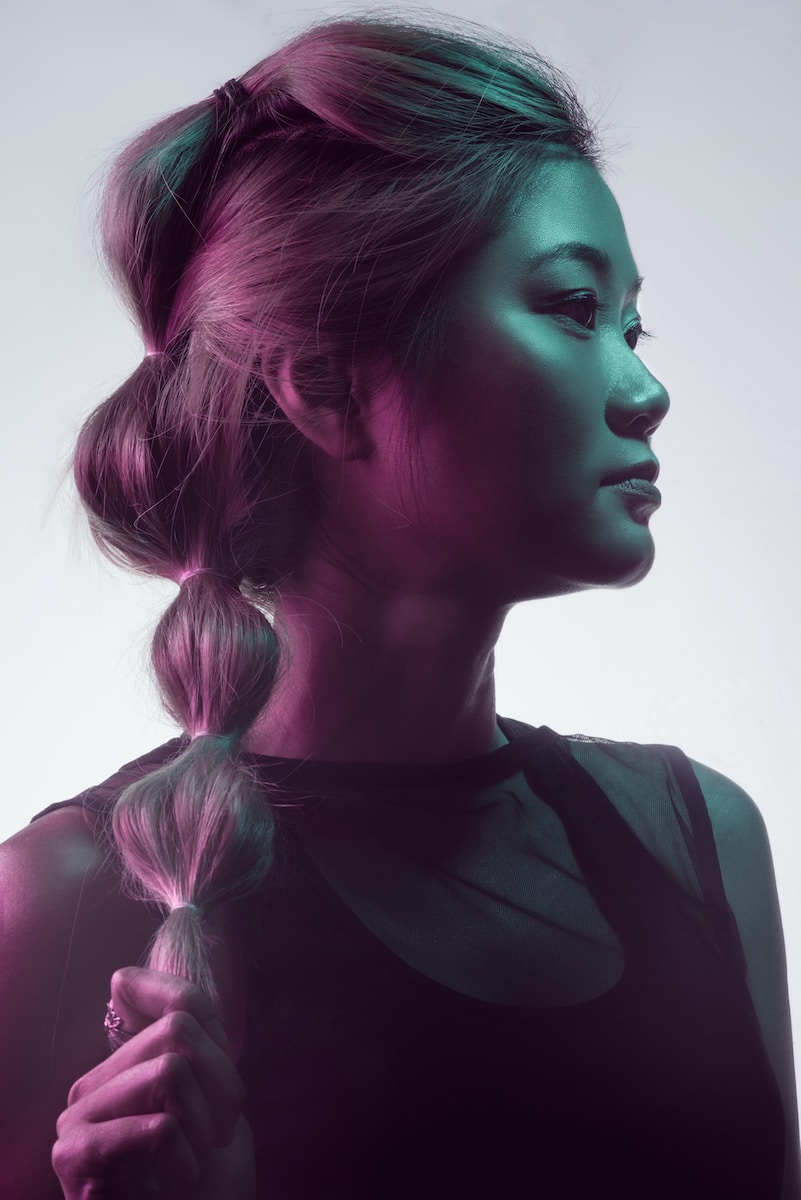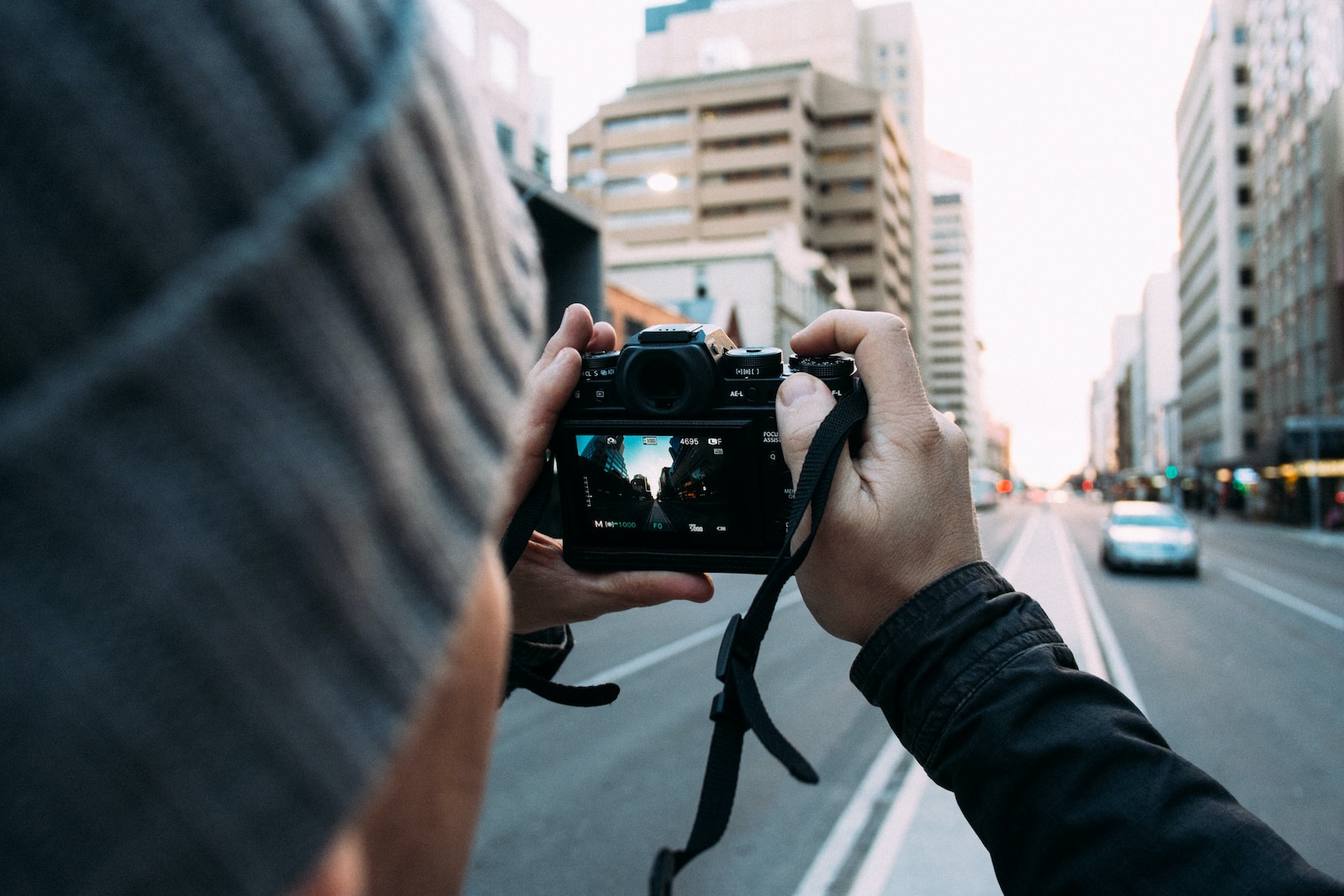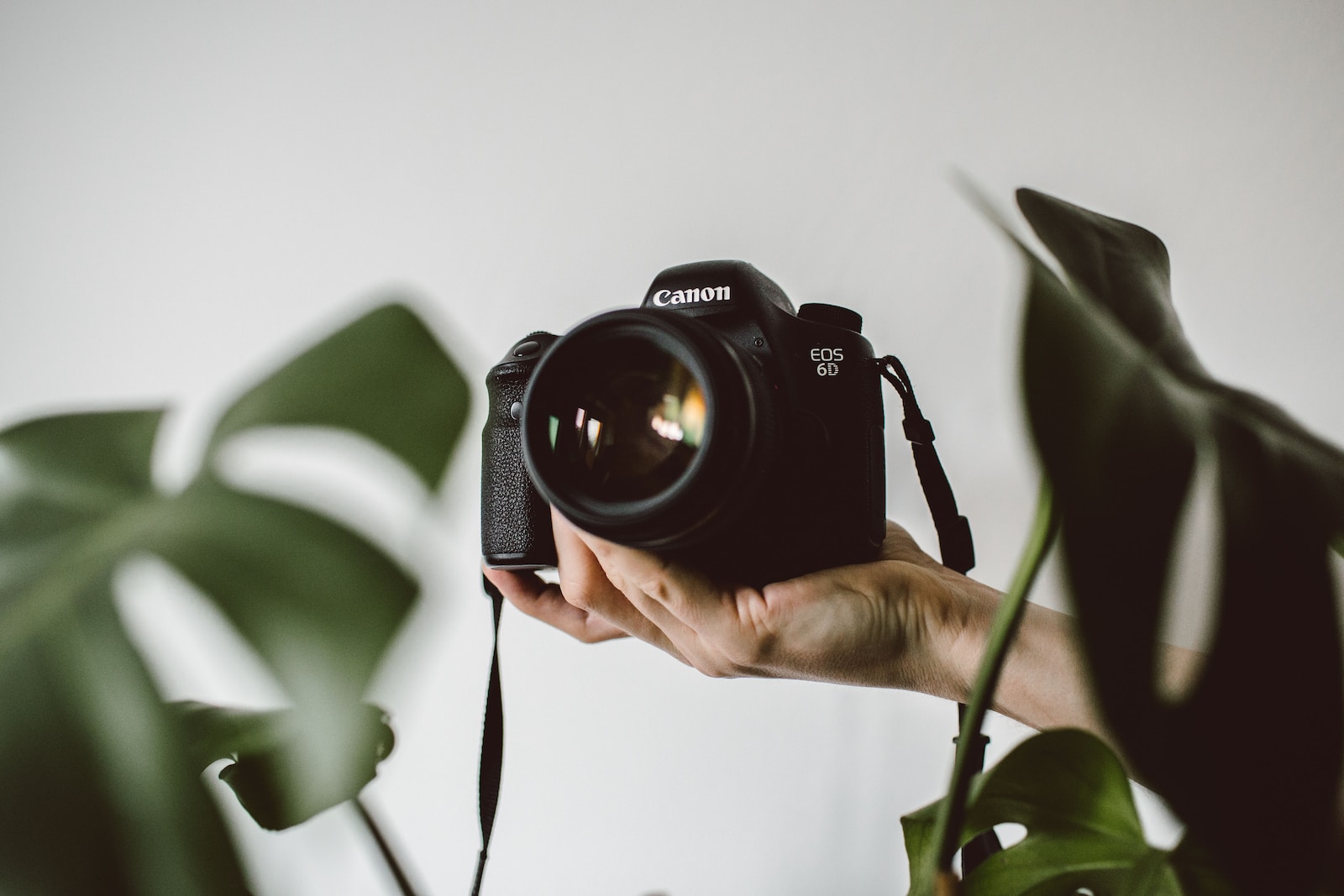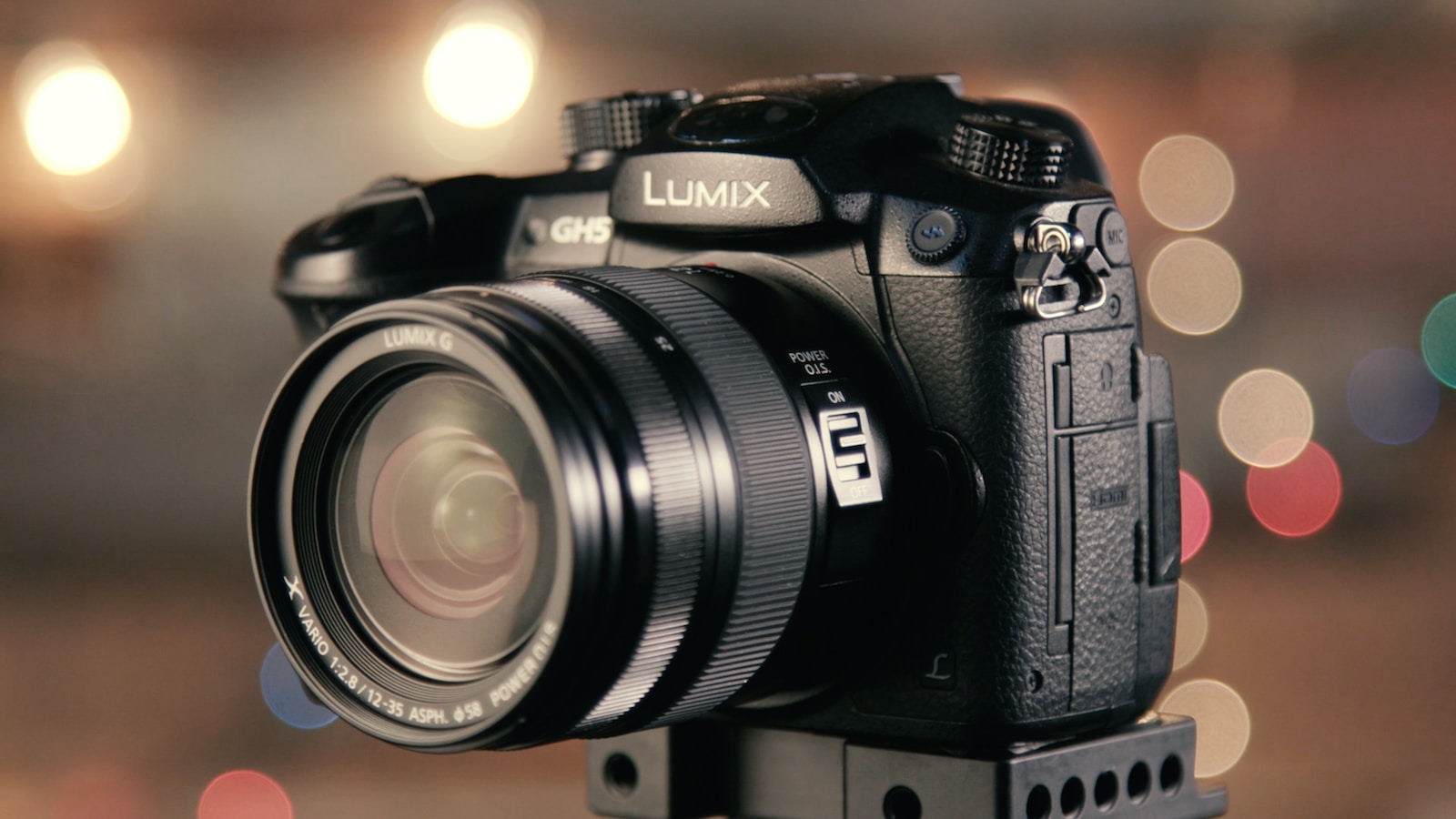Welcome to my blog! If you’re interested in filmmaking and lighting techniques, then you’ve come to the right place. In this blog, we will explore the captivating world of high-key and low-key lighting in filmmaking. You’ll discover how these lighting techniques impact the visual narratives of films and learn how to achieve them. So grab a cup of coffee and join me on this enlightening journey!
Table of Contents
- Exploring High-Key and Low-Key Lighting in Filmmaking
- Case Study: Overcoming Challenges with High-Key and Low-Key Lighting
- Frequently Asked Questions
- What is high-key lighting in filmmaking?
- What is low-key lighting in filmmaking?
- How does high-key lighting impact the visual narrative?
- How does low-key lighting impact the visual narrative?
- What are some techniques to achieve high-key lighting?
- What are some techniques to achieve low-key lighting?
- Why are high-key and low-key lighting techniques important in filmmaking?
- Can I use a combination of high-key and low-key lighting in a single scene?
- Wrap Up
Exploring High-Key and Low-Key Lighting in Filmmaking
Lighting is an essential aspect of filmmaking that can greatly influence the mood, atmosphere, and storytelling within a film. Two popular lighting techniques that are often utilized in movies are high-key lighting and low-key lighting. Each has its distinct visual style and can evoke different emotions in audiences. Let’s delve into the concepts of high-key and low-key lighting, their impact on visual narratives, and how to effectively achieve them in your own films.
The Alluring Charm of High-Key Lighting
High-key lighting is characterized by bright and evenly lit scenes, with minimal shadows and a soft, gentle aesthetic. This lighting technique is often associated with upbeat and positive moods, as it can convey a sense of innocence, happiness, and purity. High-key lighting is commonly used in romantic comedies, family films, and commercials aiming to create a cheerful and inviting atmosphere. Its vibrant and well-lit scenes contribute to a sense of optimism and joyfulness within the storytelling.
The Intriguing Drama of Low-Key Lighting
On the other end of the lighting spectrum, we have low-key lighting. This technique utilizes stark contrast, deep shadows, and minimal light to create a dramatic and mysterious ambiance. Low-key lighting is often associated with genres like film noir, thrillers, and horror films, as it enhances tension, suspense, and uncertainty. It creates a visually striking and intense atmosphere, often engulfed in shadows, allowing filmmakers to play with light and shadow to evoke specific emotions and build suspense within their narratives.
Creating High-Key Lighting: Tips and Techniques
To achieve high-key lighting, it’s crucial to have a well-lit set with minimal shadows. Here are some techniques to help you create that bright and positive atmosphere:
- Use diffused lighting sources to soften shadows and create a uniform illumination.
- Employ a three-point lighting setup with the key light positioned in front of the subject.
- Make use of reflectors to bounce light and fill in any shadows.
Mastering Low-Key Lighting: Tips and Techniques
When it comes to low-key lighting, embracing shadows and controlling light are vital. Here are some tips to help you master this dramatic lighting technique:
- Use a single, focused light source to create strong contrasts and deep shadows.
- Experiment with the placement and angle of the light to manipulate the desired mood.
- Add practical lights, like table lamps or candles, to enhance the atmospheric effect.
The Impact of High-Key and Low-Key Lighting on Visual Narratives
Both high-key and low-key lighting serve as powerful tools in communicating the underlying emotions and messages within a film. They can shape the overall tone, immerse audiences in the narrative, and heighten the impact of key scenes. By understanding the nuances of high-key and low-key lighting, you can strategically employ these techniques to enhance your storytelling and create a more visually engaging film.
High-key lighting is often associated with genres like romantic comedies, musicals, and light-hearted films, while low-key lighting is commonly seen in crime dramas, horror movies, and suspense thrillers.
Although there is no one-size-fits-all approach to lighting in filmmaking, the exploration of high-key and low-key lighting techniques is vital for any aspiring filmmaker. Understanding how to manipulate light to convey desired emotions can elevate the visual narrative and create a more immersive cinematic experience. So, embrace the possibilities of high-key and low-key lighting, experiment with different techniques, and let your creativity shine on the big screen!
Case Study: Overcoming Challenges with High-Key and Low-Key Lighting
When it comes to mastering high-key and low-key lighting techniques in filmmaking, it is crucial to understand both the theory and practical application. To shed light on the effectiveness and challenges of these lighting techniques, let’s delve into a recent case study from a renowned filmmaker.
The Filmmaker’s Vision
Renowned director John Edwards had a clear vision for his upcoming short film, “Shadows of Reflection.” He aimed to create a compelling visual narrative by incorporating high-key and low-key lighting to emphasize the character’s emotional journey.
Challenges Faced
However, Edwards encountered significant challenges throughout the shoot. One of the main hurdles he faced was achieving consistent lighting throughout each scene. High-key lighting, with its emphasis on bright, even lighting, proved to be particularly challenging due to the risk of overexposure and loss of details.
Additionally, low-key lighting, with its intense shadows and limited lighting, required careful positioning of lights to create the desired mood without sacrificing visibility of the subject. Edwards struggled to find the right balance between darkness and clarity, often resulting in underexposed shots that lacked the desired impact.
Overcoming the Challenges
Determined to bring his vision to life, Edwards tirelessly experimented with different lighting setups and techniques. He consulted with experienced gaffers and cinematographers, seeking their expertise in achieving the perfect balance.
Through this collaborative effort and countless trial and error, Edwards successfully overcame the challenges. By meticulously adjusting the intensity and direction of the lights, he achieved a seamless blend of high-key and low-key lighting in key scenes, elevating the emotional impact of the film.
The Impact on the Visual Narrative
This case study exemplifies the profound impact that high-key and low-key lighting techniques can have on the visual narrative of a film. Edwards’s deliberate use of high-key lighting during moments of joy and revelation heightened the sense of hope and clarity for the audience, while carefully crafted low-key lighting intensified moments of suspense and intrigue, drawing viewers deeper into the story.
By skillfully navigating the challenges associated with high-key and low-key lighting, Edwards created a visually captivating short film that resonated with audiences on an emotional level.
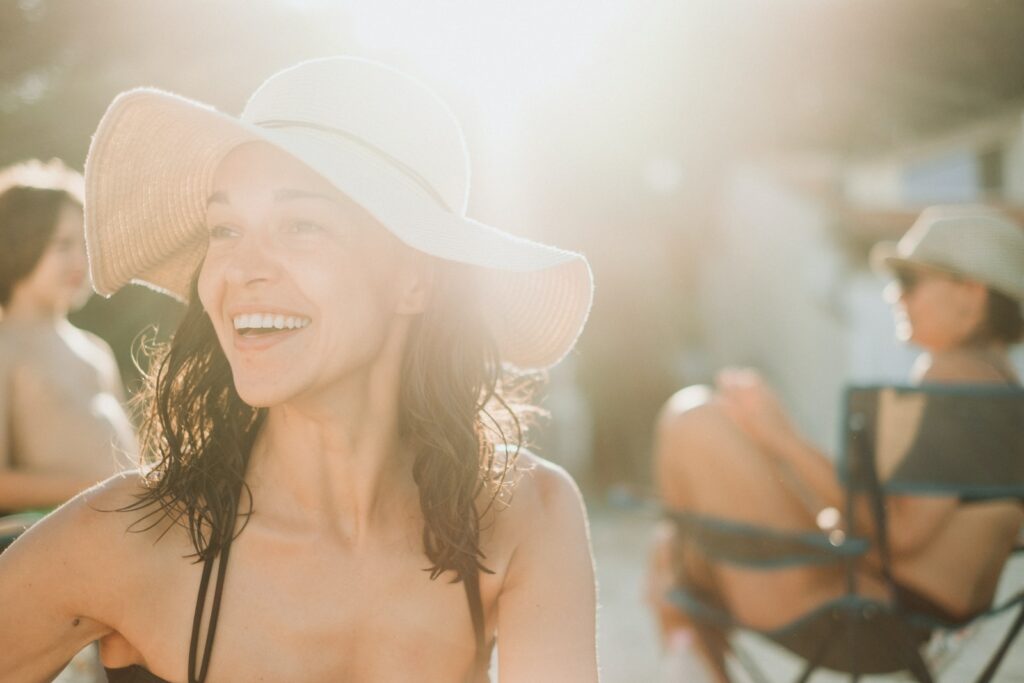
Frequently Asked Questions
What is high-key lighting in filmmaking?
High-key lighting is a lighting technique that involves evenly lighting a scene or subject to reduce contrast and shadows. It creates a bright and cheerful atmosphere, usually seen in comedies and light-hearted films.
What is low-key lighting in filmmaking?
Low-key lighting is the opposite of high-key lighting, using a minimal amount of light to create strong contrasts and dramatic shadows. It is commonly used in film noir, thrillers, and horror films to evoke a sense of mystery and suspense.
How does high-key lighting impact the visual narrative?
High-key lighting can create a positive and uplifting mood, making the scene feel vibrant and joyful. It can convey a sense of happiness, innocence, or light-heartedness, depending on the context of the story.
How does low-key lighting impact the visual narrative?
Low-key lighting adds intensity and a sense of tension to a scene. The strong contrasts and deep shadows can create a feeling of danger, secrecy, or darkness, enhancing the mood and atmosphere of the story.
What are some techniques to achieve high-key lighting?
To achieve high-key lighting, you can use soft, diffused lighting sources such as softboxes or diffusers. Avoid harsh shadows by using fill lights or reflectors to bounce light onto the shadows. Additionally, using light-colored backgrounds and costumes can help enhance the overall brightness of the scene.
What are some techniques to achieve low-key lighting?
To achieve low-key lighting, you can use a single strong light source placed at a specific angle to cast deep shadows. Use flags or barn doors to control the direction of light and shape the shadows. Dark backgrounds and costumes can further enhance the contrast and dramatic effect.
Why are high-key and low-key lighting techniques important in filmmaking?
High-key and low-key lighting techniques play a crucial role in setting the mood, atmosphere, and visual style of a film. By strategically using these lighting techniques, filmmakers can create a more engaging and immersive visual experience for the audience, enhancing the storytelling process.
Can I use a combination of high-key and low-key lighting in a single scene?
Absolutely! Filmmakers often utilize a combination of high-key and low-key lighting in a single scene to create contrast, highlight specific elements, or evoke different emotions. This technique can add depth and visual interest to the shot, enhancing the overall cinematic experience.
Wrap Up
In conclusion, understanding High-Key and Low-Key lighting techniques can significantly enhance your visual storytelling in filmmaking. The use of High-Key lighting creates a bright and cheerful atmosphere, while Low-Key lighting adds drama and mystery to your scenes. By mastering these techniques, you have the power to manipulate your audience’s emotions and enhance the overall impact of your narrative.
So, get out there and start experimenting with High-Key and Low-Key lighting in your films! Don’t be afraid to take risks and push the boundaries of your creativity. With practice and dedication, you’ll be able to achieve stunning results that captivate your viewers.
We encourage you to share your experiences and thoughts in the comments below. Have you used High-Key or Low-Key lighting in your filmmaking? What challenges have you faced? Let’s dive deeper into this fascinating topic together.
